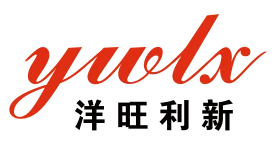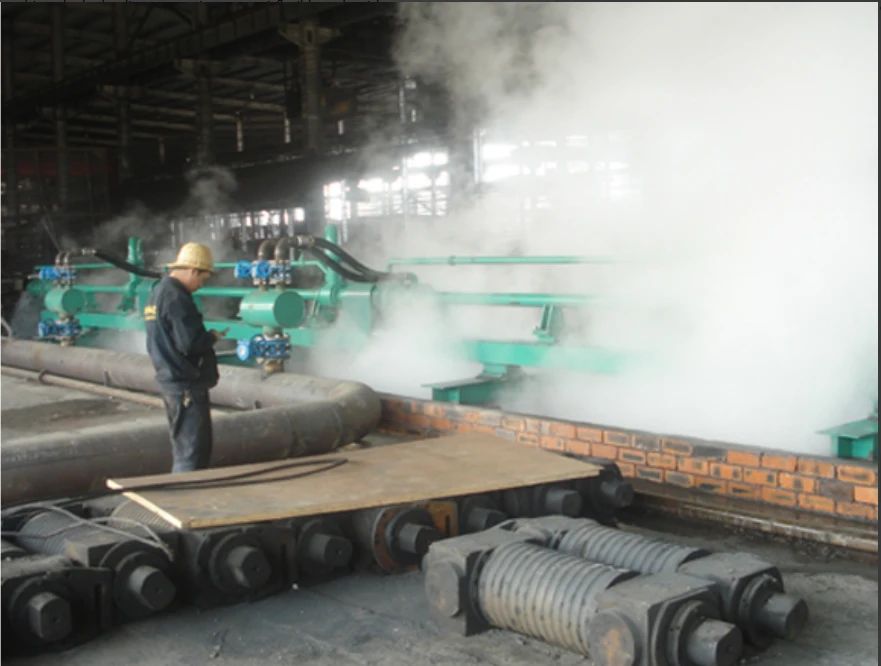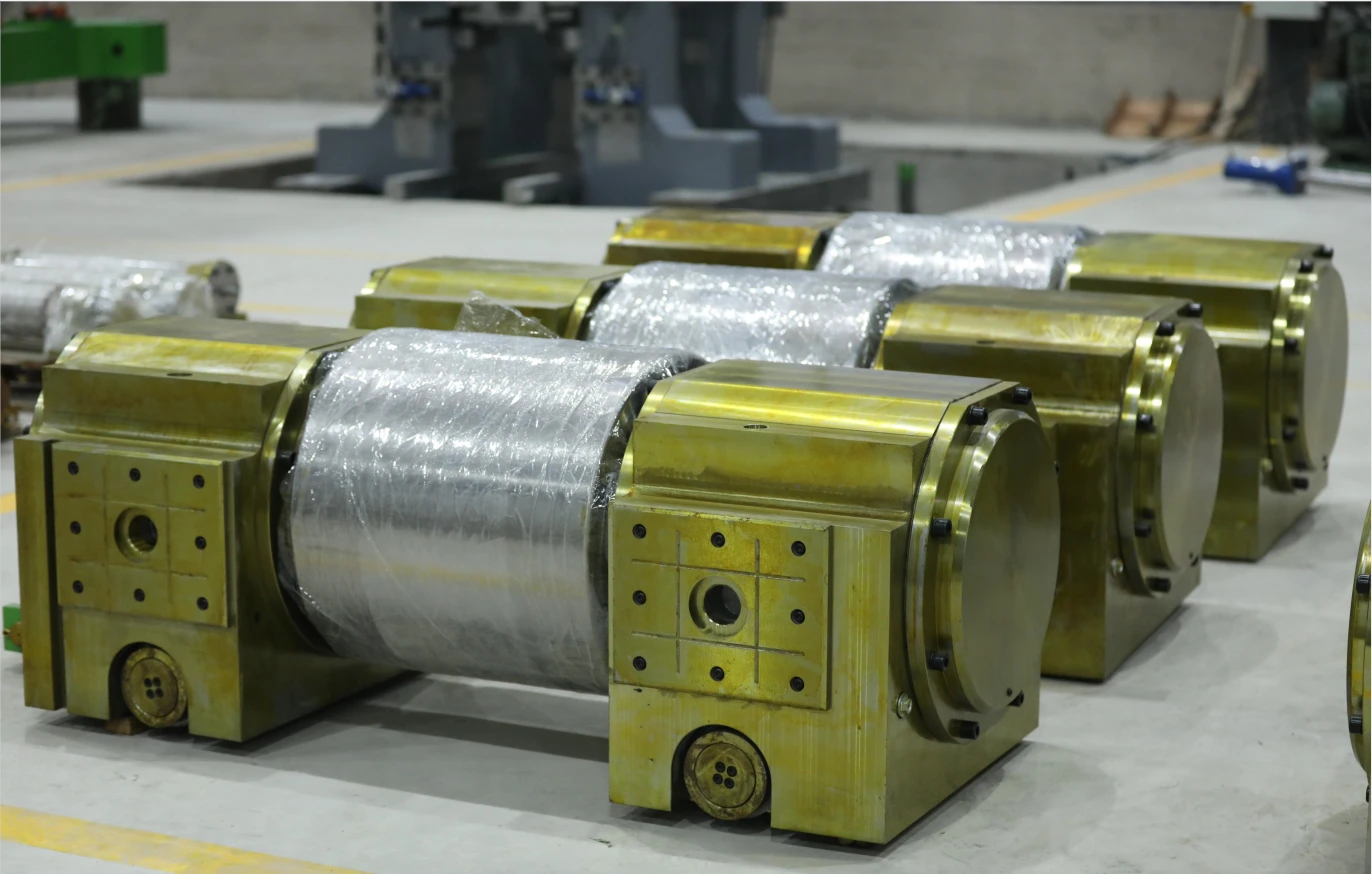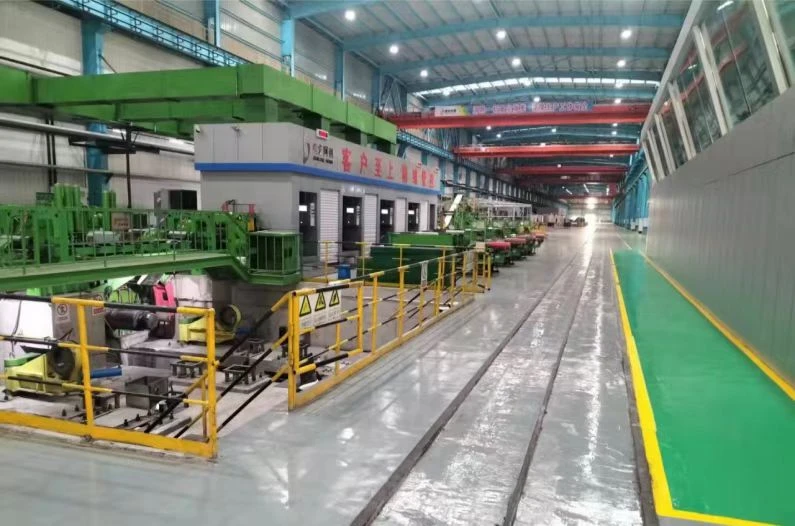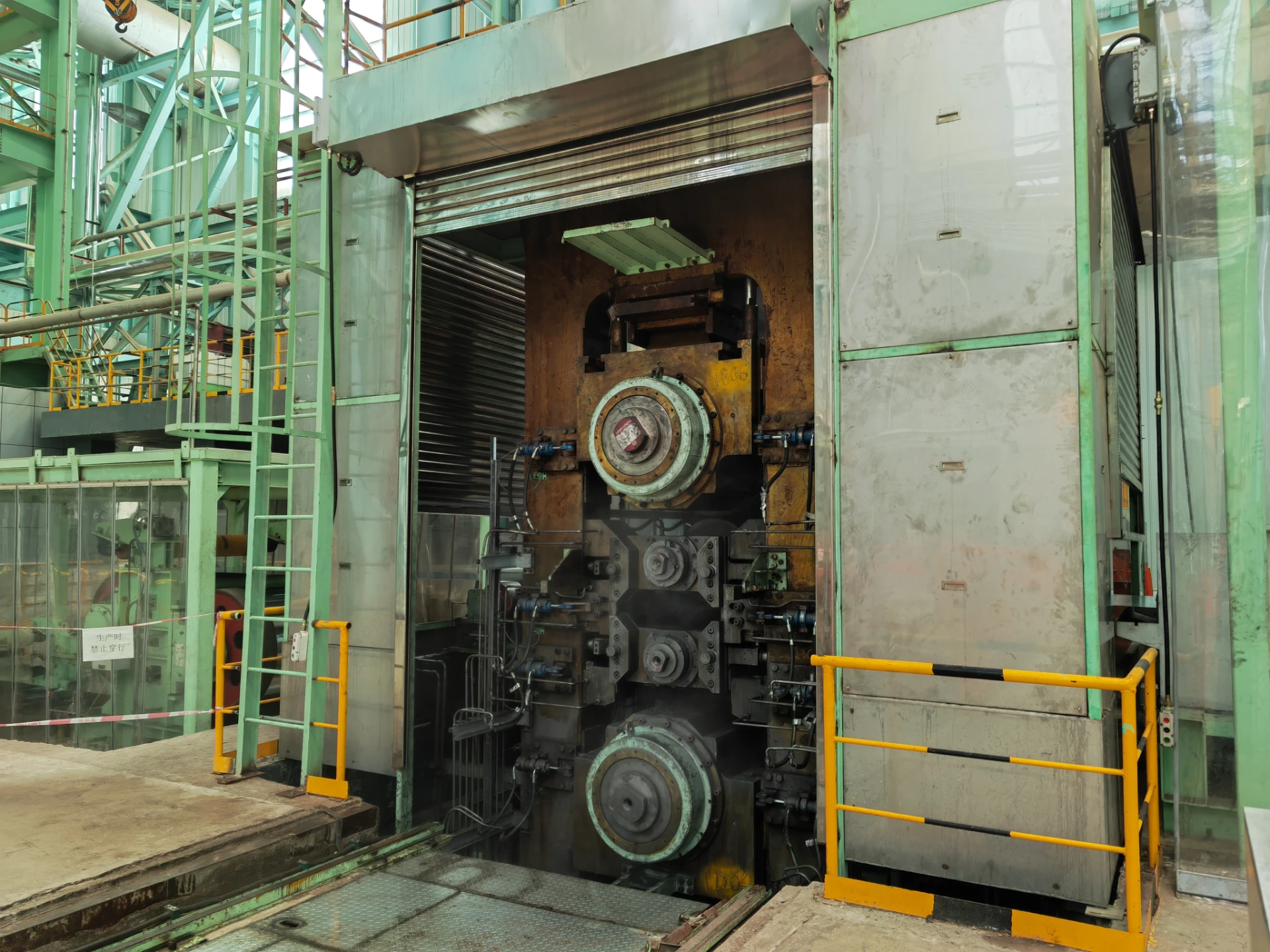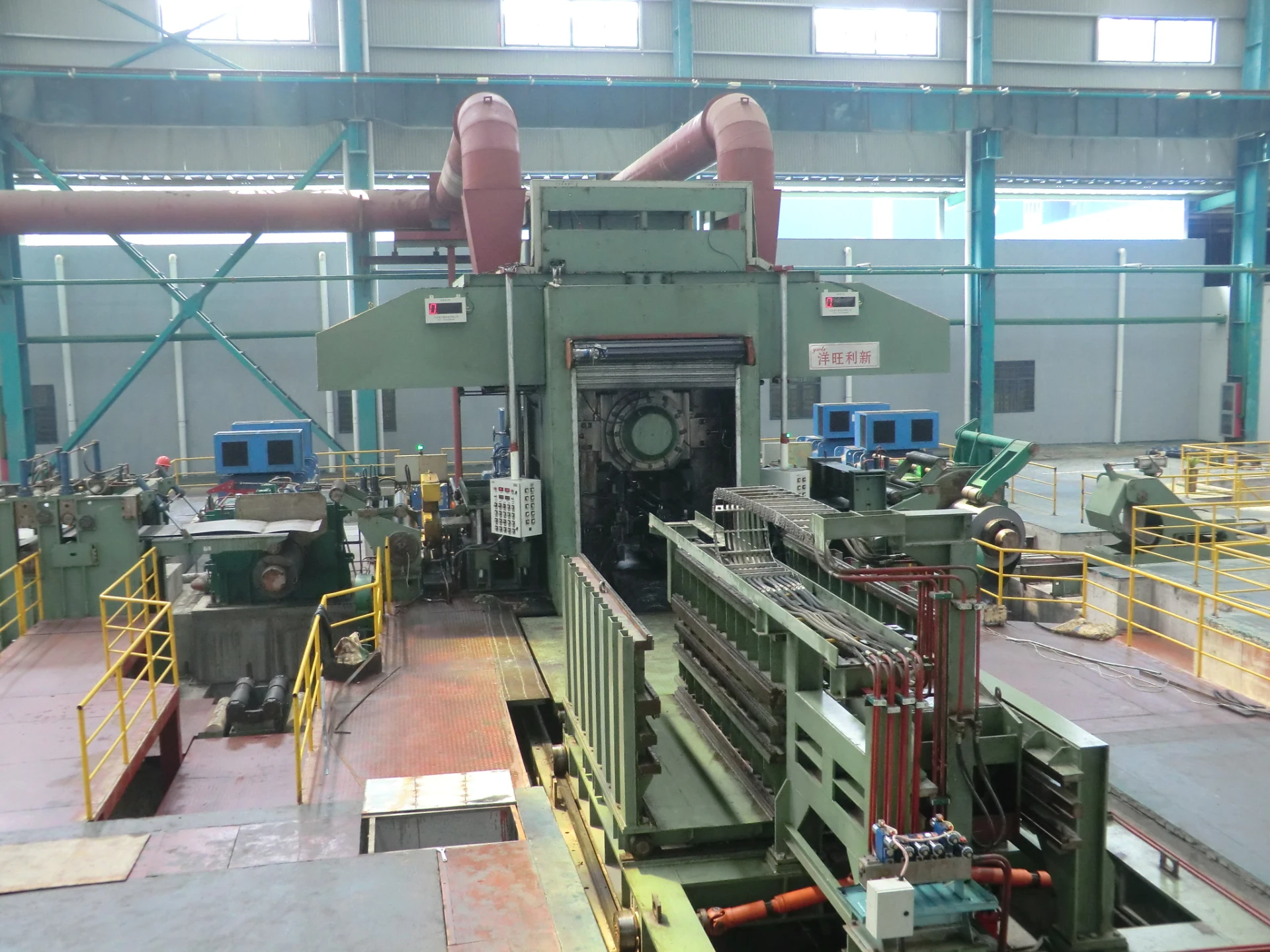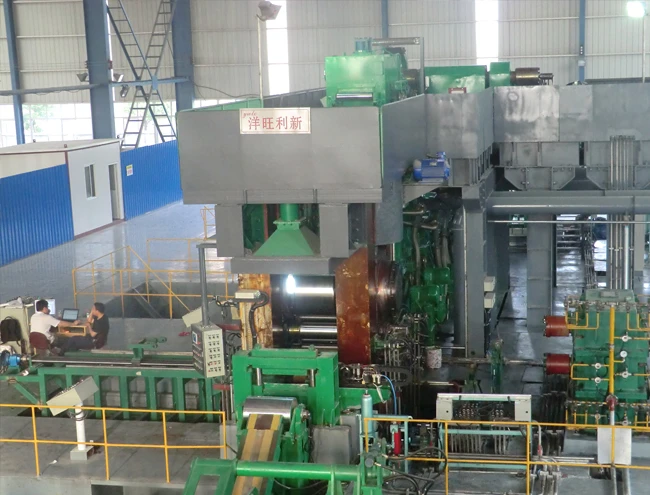
Automated Control of Reversible Cold Rolling Mill: Precision Engineering for Modern Metal Production
The reversing cold rolling mill represents a critical component in modern metal processing, offering unparalleled flexibility in producing high-precision flat-rolled products. Unlike continuous tandem mills, a reversible cold rolling mill processes metal stock through multiple passes in alternating directions, making it ideal for small-to-medium production runs of specialized alloys and high-strength materials. The advent of sophisticated automation systems has transformed these mills from manually-intensive operations to precision-engineered production centers capable of maintaining micron-level tolerances consistently. This article explores the advanced control systems that have revolutionized cold reversing mill operations, focusing on their architecture, functional capabilities, and impact on product quality.
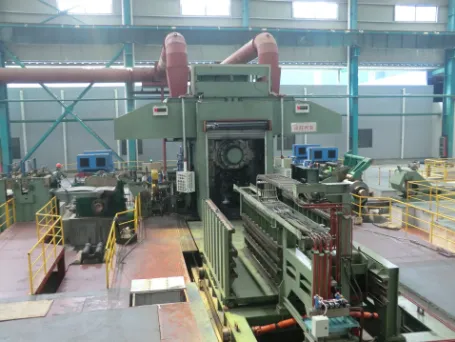
System Architecture of Automated Reversing Mills
Modern reversing rolling mill automation systems feature a hierarchical structure integrating multiple control levels. At the base, programmable logic controllers (PLCs) govern immediate mechanical responses, while advanced process control (APC) systems optimize rolling parameters in real-time. The distributed control system (DCS) forms the operational backbone, coordinating all reversing cold mill functions from coil handling to roll gap adjustment. Sensor networks provide continuous feedback on strip thickness, tension, flatness, and temperature, creating a closed-loop control environment. This multi-layered architecture enables precise synchronization of the mill's reversing mechanism with material flow dynamics, ensuring seamless transitions between forward and reverse passes.
Reversible Cold Rolling: Core Control Algorithms and Their Functions
The automation of a reversible cold rolling mill relies on sophisticated mathematical models that predict and compensate for complex material behaviors. The thickness control system combines monitor AGC (automatic gauge control), feedforward AGC, and mass flow algorithms to maintain dimensional accuracy within ±0.5% of target specifications. Shape control systems dynamically adjust roll bending and shifting to counteract inherent mill stretch and thermal crown variations. The tension control subsystem maintains optimal interstand stresses through precise torque coordination of pay-off reels, process rolls, and tension reels. These algorithms work in concert to stabilize the reversing rolling mill process despite the inherent challenges of direction reversals and varying material characteristics.
Reversible Cold Rolling: Adaptive Control for Material Variability
A key advantage of automated cold reversing mill systems lies in their ability to adapt to changing material properties. Self-learning algorithms analyze historical performance data to refine preset models for different alloy grades and incoming gauge ranges. During operation, the system continuously updates its deformation resistance models based on actual rolling force measurements, compensating for work hardening effects across multiple passes. This adaptive capability proves particularly valuable when processing advanced high-strength steels or temperature-sensitive alloys that exhibit nonlinear hardening characteristics. The automation system's memory function stores optimized parameters for hundreds of material grades, enabling rapid changeovers in job-shop environments.
Reversible Cold Rolling: Human-Machine Interface and Operational Supervision
While modern reversing cold rolling mill systems achieve high levels of autonomy, they maintain sophisticated human-machine interfaces (HMIs) for supervision and intervention. Advanced visualization systems present operators with integrated dashboards showing real-time process trends, quality parameters, and equipment status. Predictive maintenance interfaces alert technicians to developing mechanical issues before they affect product quality. The HMI also provides guided setup procedures for new coils, incorporating barcode scanning or RFID systems to automatically retrieve rolling schedules from the mill database. This balanced approach maximizes both automation efficiency and human oversight in reversible cold rolling mill operations.
Reversible Cold Rolling: Quality Assurance Through Integrated Measurement Systems
Automated reversing cold mill installations incorporate multiple inline inspection systems that feed quality data back to the control loops. X-ray thickness gauges provide continuous cross-profile measurements, while laser-based flatness detectors map surface contours with 0.1 I-unit resolution. Surface inspection systems utilizing advanced cameras and lighting detect micro-defects that could propagate during subsequent passes. The automation system correlates these quality metrics with process parameters, enabling real-time adjustments and creating comprehensive product certification reports. This closed-loop quality control transforms the reversible cold rolling mill from a simple reduction machine to an intelligent processing system.
Reversible Cold Rolling: Energy Optimization and Sustainability Features
Contemporary automation systems for reversing rolling mills incorporate sophisticated energy management functions that significantly reduce power consumption. The control system optimizes pass schedules to minimize redundant work while maintaining product requirements. Smart acceleration/deceleration algorithms reduce peak power demands during direction reversals, and regenerative braking systems recover kinetic energy during mill stops. Advanced thermal models optimize lubrication and cooling flows based on actual process heat generation rather than fixed schedules. These features collectively improve the environmental footprint of cold reversing mill operations while reducing production costs.
machines to new levels of precision and productivity. By integrating advanced control algorithms, adaptive learning capabilities, and sophisticated quality assurance systems, modern automated mills achieve consistency and efficiency that was unimaginable in traditional operations. As metal producers face growing demands for tighter tolerances, specialized alloys, and sustainable processes, the continued evolution of reversible cold rolling mill automation will remain crucial for maintaining competitiveness in global markets. These technological advancements ensure that reversing mills will continue to play a vital role in metal manufacturing, combining the flexibility of small-batch processing with the precision and efficiency of mass production techniques.
-
YWLX’s 1450mm Six-Hi Reversing Mill Goes Live in BangladeshNewsNov.24,2025
-
Adjusting Roll Gap in 6Hi Reversing Cold Rolling Mill for Thin StripNewsNov.13,2025
-
Quality Control Standards for Automatic Gauge Control in Strip RollingNewsNov.13,2025
-
Effect of Skin Pass Rolling on Metal DuctilityNewsNov.13,2025
-
Key Components of a Modern TempermillNewsNov.13,2025
-
Common Wear Patterns of Work Roll in Tandem Cold Mill OperationsNewsNov.13,2025
-
Revolutionary Skin Pass Rolling Technology for Enhanced Steel QualityNewsNov.04,2025


